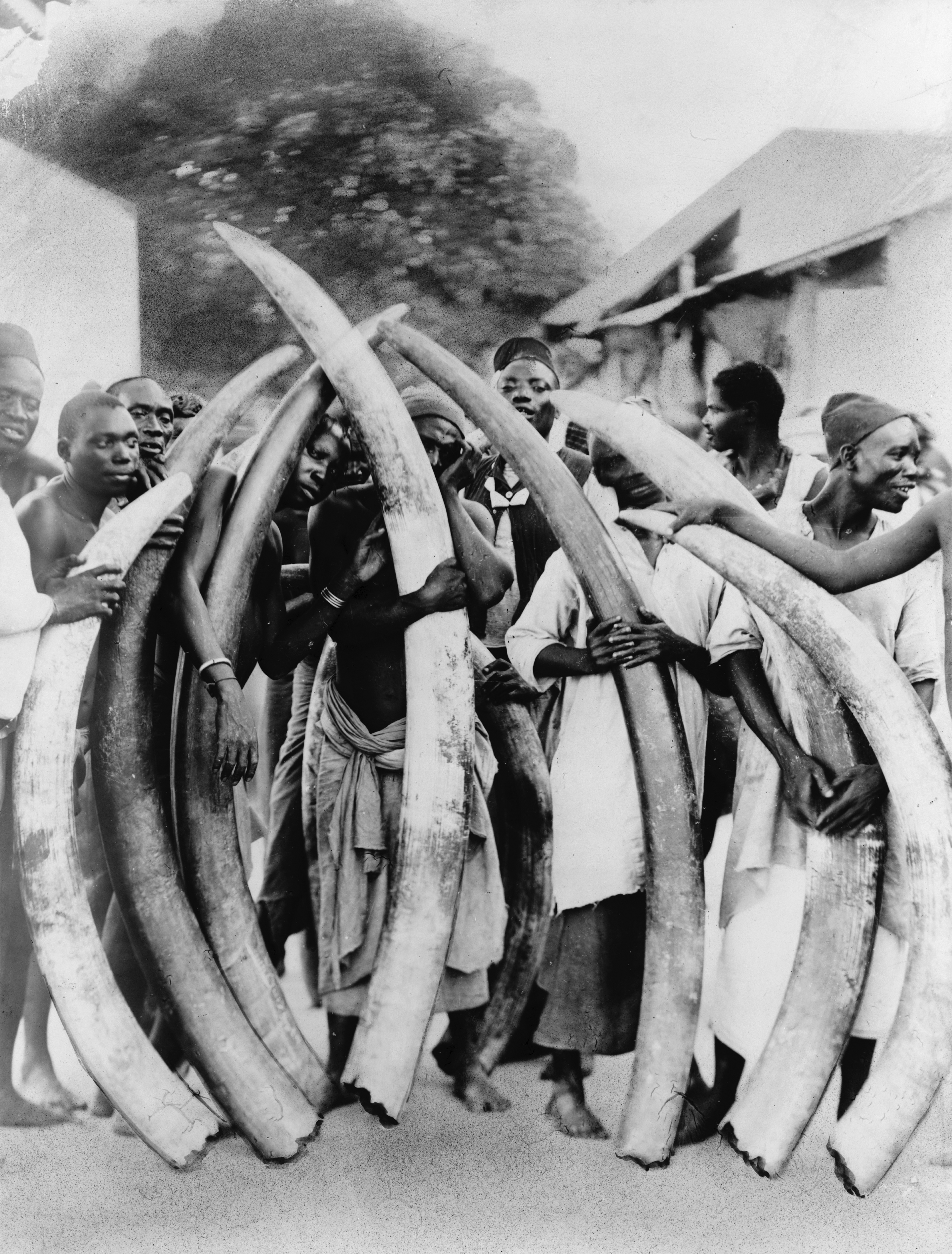#wildlife_trade_and_zoonoses

Wildlife trade and zoonoses
Health risks associated with the trade in exotic wildlife
Wildlife trafficking practices have resulted in the emergence of zoonotic diseases. Exotic wildlife trafficking is a multi-billion dollar industry that involves the removal and shipment of mammals, reptiles, amphibians, invertebrates, and fish all over the world. Traded wild animals are used for bushmeat consumption, unconventional exotic pets, animal skin clothing accessories, home trophy decorations, privately owned zoos, and for traditional medicine practices. Dating back centuries, people from Africa, Asia, Latin America, the Middle East, and Europe have used animal bones, horns, or organs for their believed healing effects on the human body. Wild tigers, rhinos, elephants, pangolins, and certain reptile species are acquired through legal and illegal trade operations in order to continue these historic cultural healing practices. Within the last decade nearly 975 different wild animal taxa groups have been legally and illegally exported out of Africa and imported into areas like China, Japan, Indonesia, the United States, Russia, Europe, and South America.
Fri 5th
Provided by Wikipedia
This keyword could refer to multiple things. Here are some suggestions: